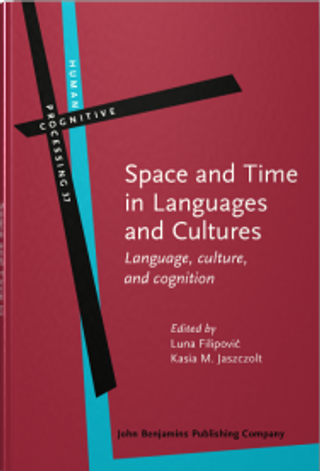Book
Space and Time in Languages and Cultures. Language, culture, and cognition
This is an interdisciplinary volume that focuses on the central topic of the representation of events, namely cross-cultural differences in representing time and space, as well as various aspects of the conceptualisation of space and time. It brings together research on space and time from a variety of angles, both theoretical and methodological. Crossing boundaries between and among disciplines such as linguistics, psychology, philosophy, or anthropology forms a creative platform in a bold attempt to reveal the complex interaction of language, culture, and cognition in the context of human communication and interaction.
The authors address the nature of spatial and temporal constructs from a number of perspectives, such as cultural specificity in determining time intervals in an Amazonian culture, distinct temporalities in a specific Mongolian hunter community, Russian-specific conceptualisation of temporal relations, Seri and Yucatec frames of spatial reference, memory of events in space and time, and metaphorical meaning stemming from perception and spatial artefacts, to name but a few themes.
